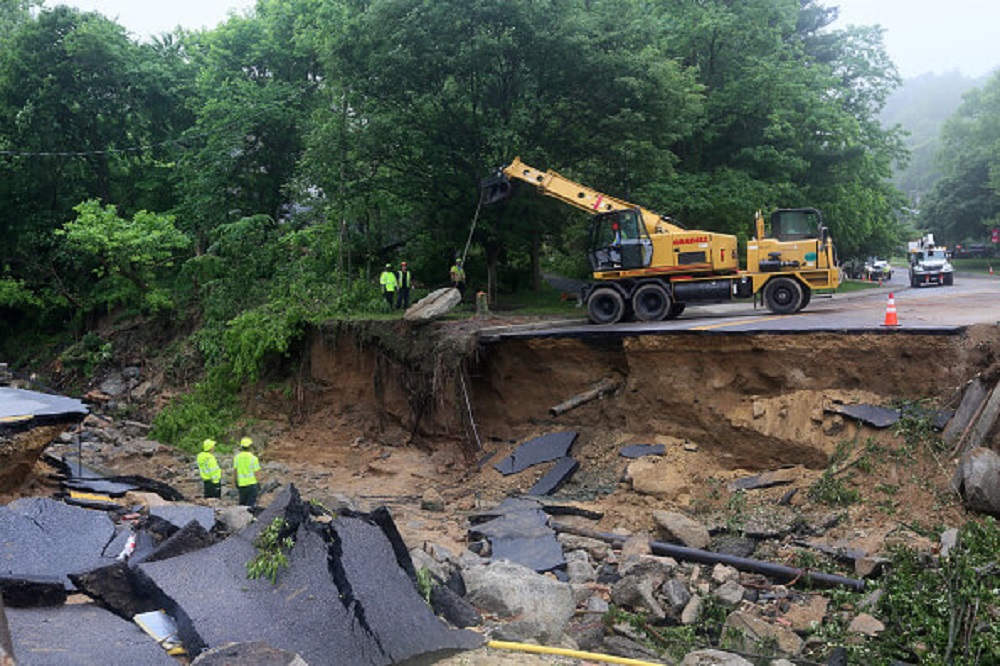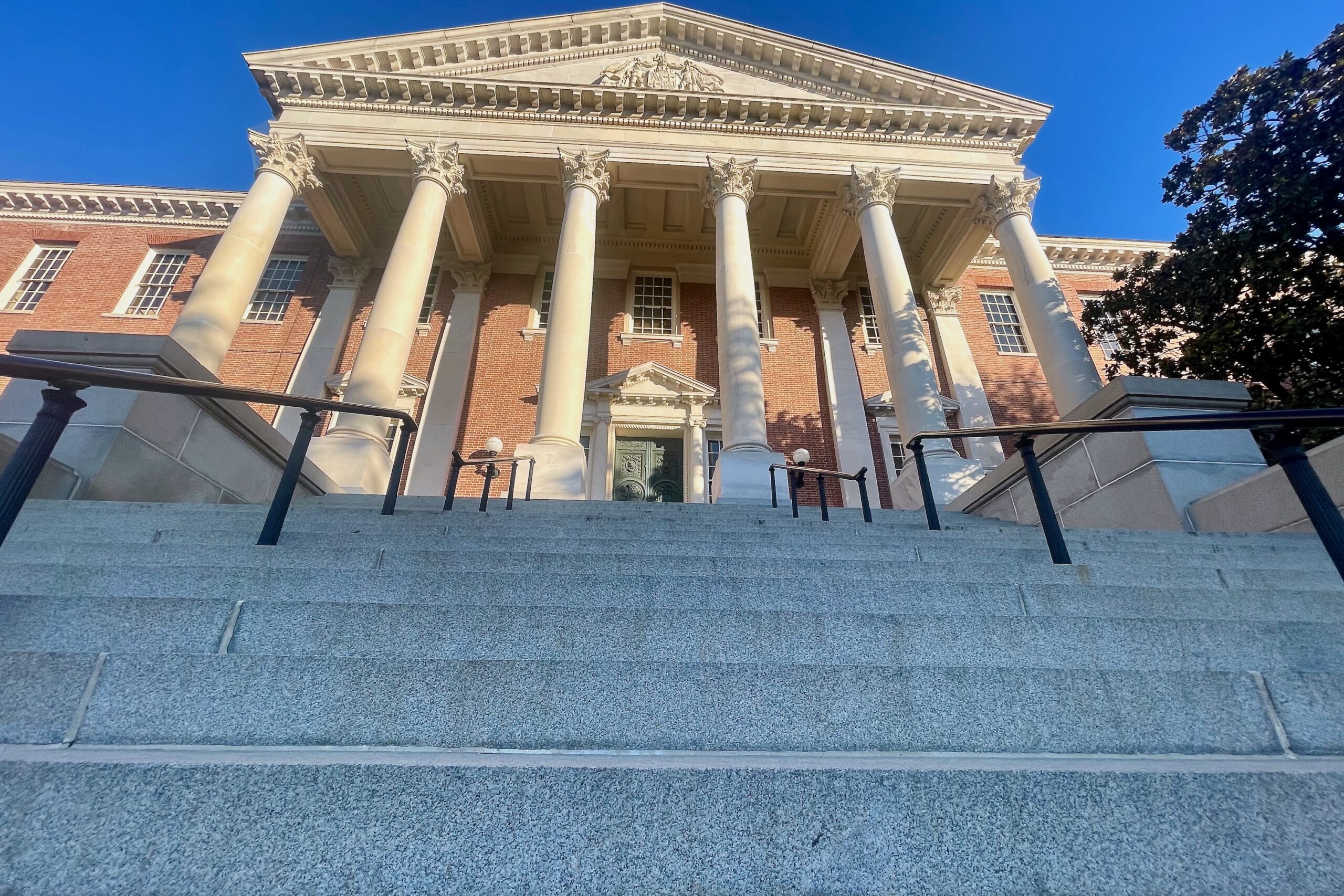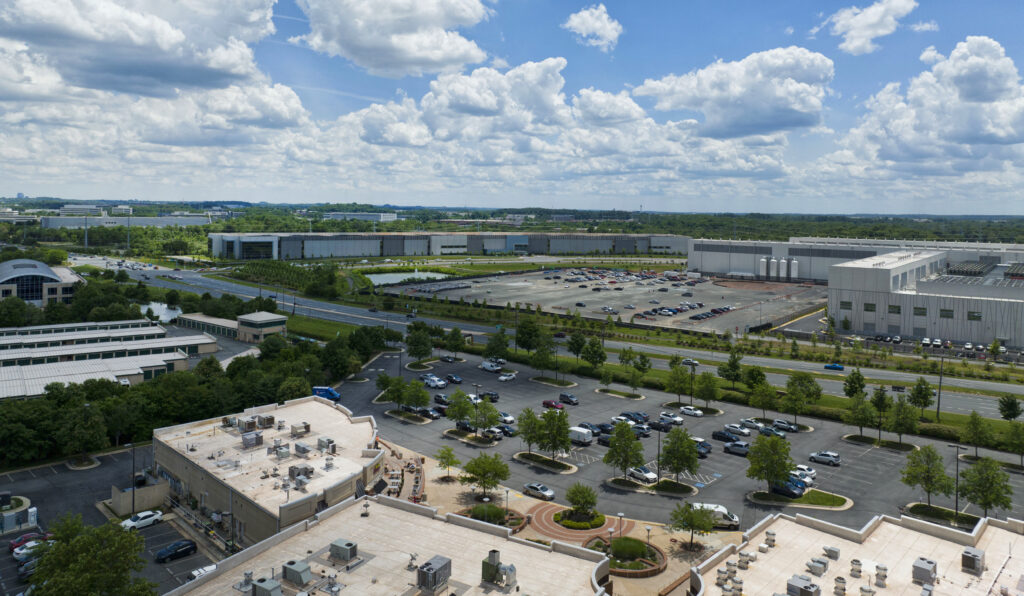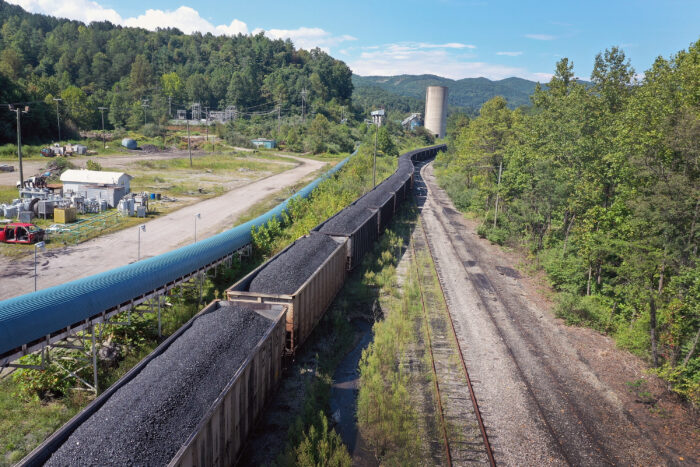
By Kim Coble
The writer is executive director of the Maryland League of Conservation Voters and co-chair of the Maryland Commission on Climate Change.
The Maryland General Assembly is considering comprehensive climate bills in the House and Senate (SB528 and HB708, HB806 and HB831). In evaluating these bills, we must recognize not just the tangible and immediate benefits – such as cleaner air and healthier transportation options – but also the substantial costs of inaction if they do not pass.
The longer we take to reduce greenhouse gas emissions, the more real and significant the costs and the impacts become.
Marylanders have been injured by increasingly treacherous storms and rising temperatures for far longer than “climate change” has been part of our vocabulary. Temperatures in Maryland have risen 2.5 degrees since the beginning of the 20th century and annual precipitation has been above the long-term average for the past 26 years.
More frequent and severe storms cause significant financial damage to communities throughout the state. From 2010 to 2020, Maryland experienced 31 extreme weather events, costing up to $10 billion in damages.
Old-timers remember flooding-related damage from Hurricane Isabel in 2003 and Hurricane Irene in 2011, and the storms have just kept rolling in since then: Superstorm Sandy (2012) destroyed a large part of the Ocean City fishing pier and caused widespread flooding in Crisfield; a derecho later that year cut power to one-third of Marylanders; torrential rainfall in 2014 dropped six to 10 inches in a single storm; Ellicott City and neighborhoods in West Baltimore suffered catastrophic flooding in both 2016 and 2018; as much as five inches of rain dropped in Baltimore City in a single storm event in 2019; and in October 2021, Gov. Larry Hogan issued a state of emergency for all Maryland jurisdictions bordering the Chesapeake Bay, Atlantic Ocean and Potomac River.
In fact, the National Oceanic and Atmospheric Administration states that when it comes to impacts of sea-level rise in the U.S., the Chesapeake Bay is the third most vulnerable area behind Louisiana and South Florida. Thirteen islands in the Chesapeake Bay have already been lost, and it is estimated that 400,000 acres of the Eastern Shore could be submerged by 2100, unless we act quickly and meaningfully.
Every fierce storm carries costs to our communities: There is the cost to businesses that close due to flooding or power outage and the lost revenue from road closures and deliveries being interrupted. There are costs to our farmers as fields are flooded and precious land is lost. Local governments have increased costs of cleanup and road repair, and lost revenue from decreased tourism and shuttered businesses. The state bears the costs of washed-out highways and bridges.
We also need to factor in the costs to our public health from water pollution, saltwater intrusion into drinking water wells, and air pollution and heat impacts. Low-income communities and communities of color, which often don’t have the resources or power to demand changes, are hit particularly hard. Think of polluted urban waterways from sewage overflows after heavy rainfall, or school children who live near highways or polluting facilities missing school from asthma attacks caused by poor air quality. Black children are twice as likely to have asthma as white children and Latino children are 40% more likely to die from asthma than white kids.
Fortunately, many of our elected officials have worked for decades to address the climate crisis.
Maryland passed the Renewable Portfolio Standard in 2004, the Healthy Air Act in 2006 and the 2009 Greenhouse Gas Reduction Act (which was reauthorized in 2016). The Maryland Commission on Climate Change was codified in 2015, the Clean Cars Act passed in 2021 and comprehensive climate legislation almost passed in 2021.
Each of these achievements has helped, but more needs to be done.
Maryland is one of the country’s wealthiest and best-educated states. We should be leading the nation in climate solutions.
Any of our elected leaders who are not ready to pass bold, comprehensive climate legislation should talk to our small business owners, local government leaders, Eastern Shore farmers and children living in polluted hot spots. Those folks will have plenty to teach them about the current cost we’re paying for our climate inaction.




 Creative Commons Attribution
Creative Commons Attribution